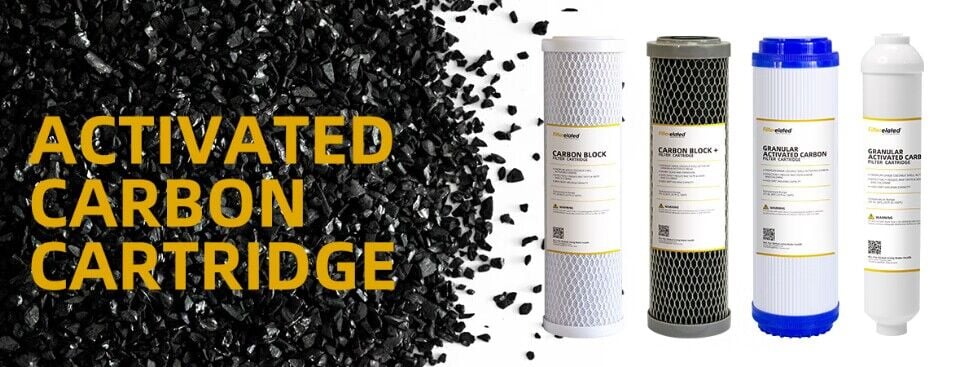Introduction:
Clean and safe drinking water is crucial for maintaining our overall health and well-being. Various contaminants, such as bacteria, chemicals, and heavy metals, can be present in tap water, and a reliable water filter can help eliminate these impurities. When it comes to carbon block filters, two popular options are pressed carbon block filters and sintered carbon block filters. In this blog, we will explore the differences between these filters and help you make an informed decision on selecting the right water filter for your home.
Pressed Carbon Block Filters:
Pressed carbon block filters are made through a process that combines activated carbon particles with a binding agent. The mixture is then compressed into a solid block with microscopic channels for water flow. This filter type effectively removes impurities and contaminants such as chlorine, volatile organic compounds (VOCs), and sediment.
Pros:
1. Cost-effective: Pressed carbon block filters are generally more affordable compared to their sintered counterparts.
2. Efficient filtration: These filters offer excellent performance in removing common water contaminants that affect taste, odor, and overall quality.
3. Fast filtration rate: Due to the larger size of the channels within the carbon block, water passes through the filter quickly, ensuring a good flow rate.
Cons:
1. Limited mechanical strength: Pressed carbon block filters may have a lower mechanical strength, making them prone to cracking under high water pressure.
2. Reduced lifespan: These filters tend to have a shorter lifespan compared to sintered carbon block filters. Regular maintenance and timely replacement are required to maintain their efficiency.
Sintered Carbon Block Filters:
Sintered carbon block filters, on the other hand, are manufactured by heating and fusing carbon particles together without using any binding agents. This process creates a solid, structurally stable filter with finer pores, enhancing the filtration capabilities.
Pros:
1. Enhanced durability: The absence of binding agents ensures higher mechanical strength, making sintered carbon block filters resistant to cracking or breaking even under high water pressure.
2. Enhanced filtration: The finer pores in sintered filters allow for better adsorption of microscopic impurities, including bacteria, lead, and other heavy metals.
3. Longer lifespan: Sintered carbon block filters generally have a longer lifespan compared to pressed carbon block filters, which means fewer replacements are needed.
Cons:
1. Higher cost: The process used to manufacture sintered filters involves high-temperature heating and requires no binding agents, making these filters more expensive.
2. Slower filtration rate: The smaller pores in sintered carbon block filters reduce the water flow rate. This may result in slightly slower water flow compared to pressed carbon block filters.
Conclusion:
When it comes to selecting the most suitable carbon block water filter for your home, considering factors such as budget, water pressure, and specific filtration requirements is essential. Pressed carbon block filters offer cost-effectiveness and efficient filtration, while sintered carbon block filters provide enhanced durability and improved purification capabilities.
Regardless of your choice, both filters are effective in removing common water contaminants. Regular maintenance, including filter replacement at recommended intervals, is crucial to ensure optimal performance. Be sure to research reputable brands and consult water filter professionals to find the perfect carbon block filter that meets your needs, ensuring safe and clean drinking water for you and your family.

